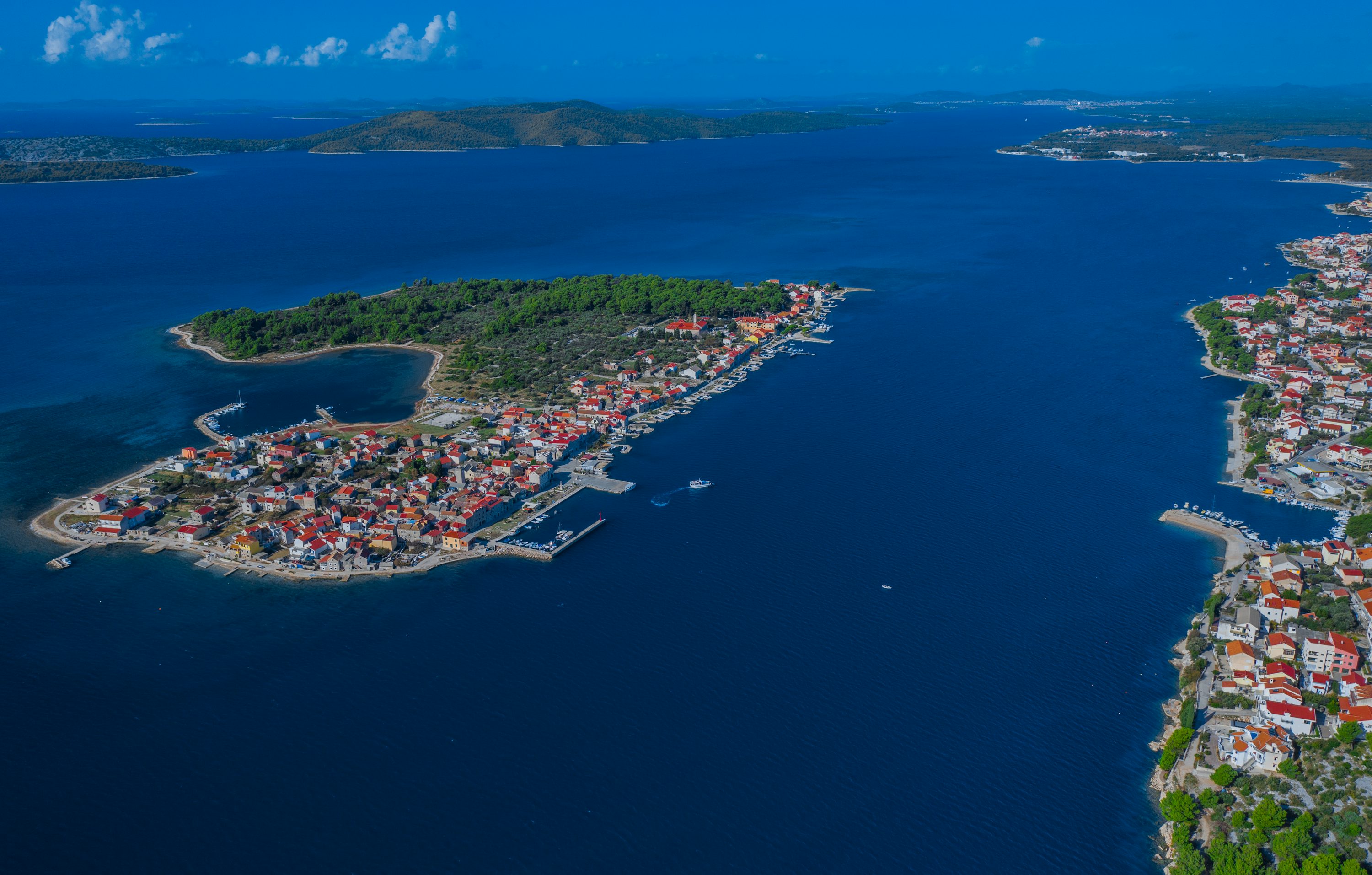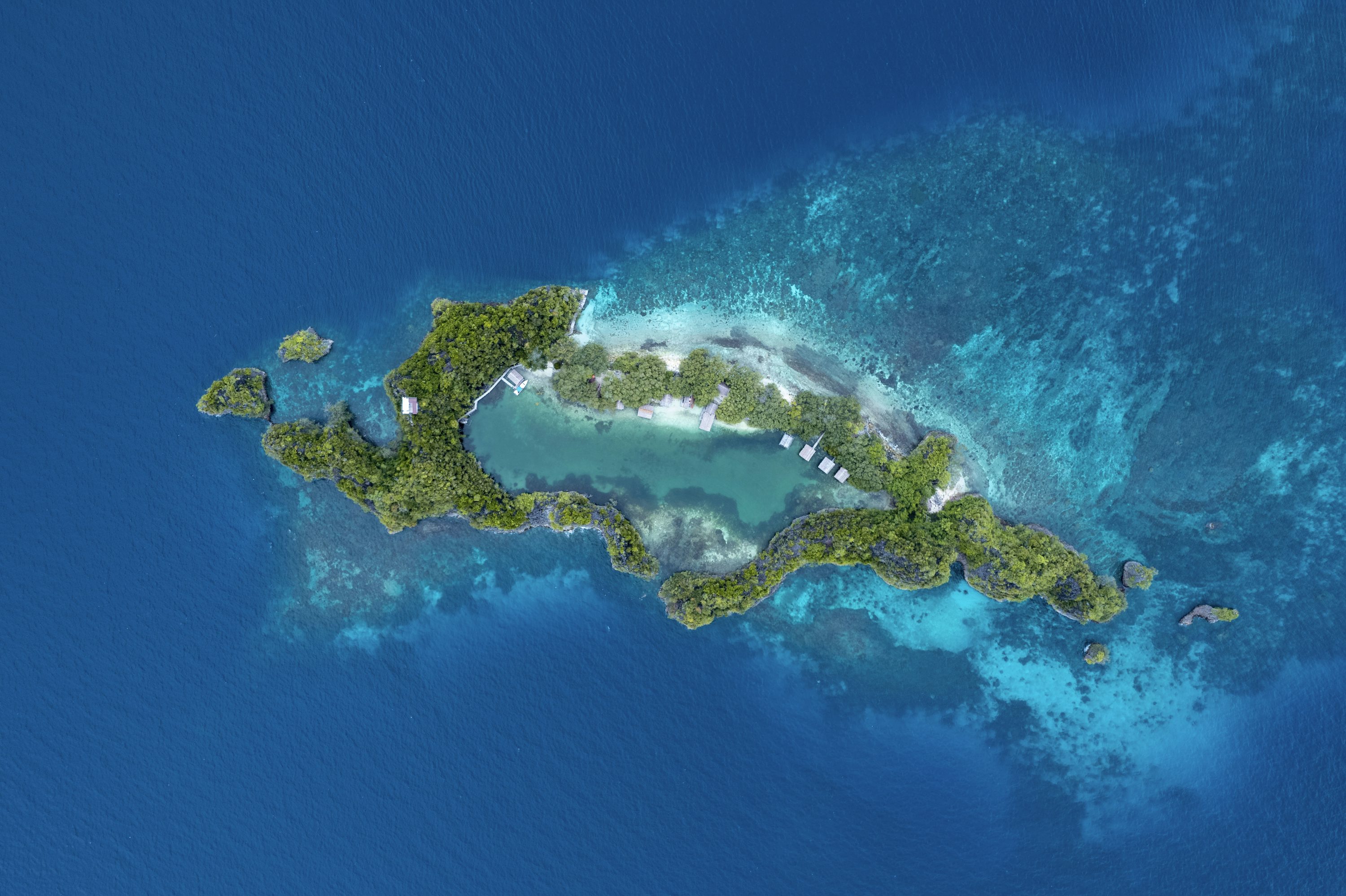In the vast ocean, many islands are scattered like stars. Although they are geographically isolated from the mainland, they have independent and unique economic ecology. Behind these island economies, there is a little-known but distinctive lending custom, just like a treasure under a mysterious veil, waiting for people to explore quietly.

Island economy is often relatively isolated, with limited resources, and residents are closely linked, forming a unique social bond. In this environment, the custom of borrowing came into being, which became an indispensable part of the island economy and was deeply integrated into the local cultural tradition.
The borrowing custom of many islands has a long history and has been passed down from generation to generation. In some Pacific islands, lending activities are closely related to families and tribes. Family elders play a key role similar to banks, and control the capital flow within the family. When the younger generation needs funds for fishing or building houses, they will apply for loans from their elders. This kind of loan usually does not need a written contract, but is completely based on the deep trust and responsibility within the family. When the elders decide whether to borrow money, they will comprehensively consider the borrower's character, repayment ability and contribution to the family. The borrower also knows that once it breaches the contract, it will face strong pressure of public opinion and crisis of trust within the family, which makes the borrowing relationship within the family relatively stable.
In some Caribbean islands, there is a unique community lending model. The islanders spontaneously organized themselves to form a tight lending group. Group members regularly pay a certain amount of money and gather into a public fund. When members need funds, they can decide whether to borrow from the fund by voting. This model not only meets the individual's financial needs, but also enhances the cohesion and cooperation spirit among community members. In the process of lending, mutual understanding and trust among members play a vital role. Since everyone is a part of the community, everyone cherishes this opportunity of mutual assistance and strives to maintain the balance of the loan relationship to ensure the harmony and stability of the whole community.

The borrowing custom in the island economy is also closely related to the local natural environment and economic activities, which are interdependent and mutually influential. In islands dominated by fisheries, lending often matches the fishing cycle accurately. Before the fishing season comes, fishermen may borrow money from rich households or other fishermen on the island in order to purchase necessary materials such as fishing nets and fuel. Repayment is usually arranged after the harvest of the fishing season. The combination of this lending custom and fishery production cycle makes lending activities serve the development of fishery economy more efficiently. At the same time, because both borrowers and lenders are well aware of the uncertainty and potential risks of fishery production, they show a more cautious and flexible attitude in the process of lending and jointly cope with various challenges brought by the external environment.

This unique lending custom in the island economy also provides many valuable inspirations for the modern financial system. They emphasize trust, community cooperation and in-depth understanding of local economic activities, which are key factors easily overlooked in the rapid development of modern financial system. With the continuous advance of globalization, the island economy is increasingly closely linked with the outside world, but their unique lending customs still maintain their tenacious vitality to a certain extent and become an indispensable part of island culture.







